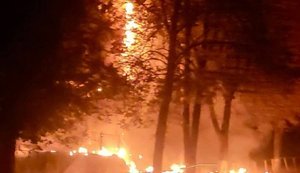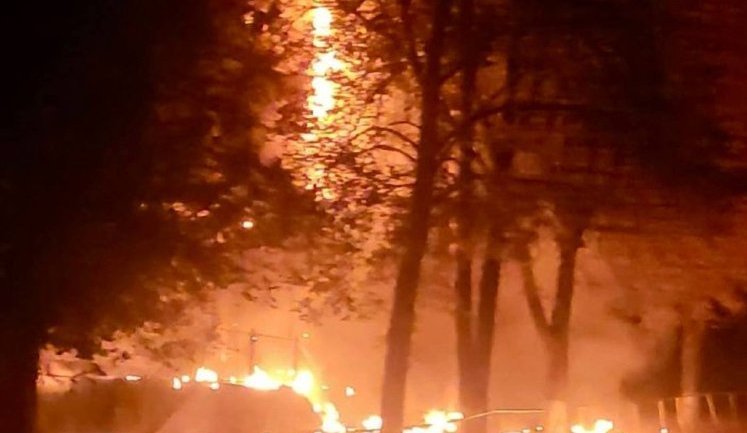Russian forces have intensified their use of attack drones against Ukraine, causing widespread alert across various regions. Recent reports by Ukraine's Air Force indicate multiple instances of drone strikes, particularly with Russian "Shahed" and other UAV models. On December 9, another wave of UAV attacks took place, following a pattern of similar tactics deployed throughout November and December, aiming at infrastructure and civilian areas. Despite the relentless assaults, Ukrainian air defense systems have successfully intercepted a significant number of these threats, safeguarding territories and residents. The situation underscores the strategic role of aerial warfare in Russia's military operations against Ukraine.
How many drones have been launched by Russia in the recent attacks?
Since the start of the full-scale invasion in 2022, Russia has launched nearly 50,000 Shahed attack drones against Ukraine. These assaults have resulted in severe damage, highlighting the strategic emphasis on unmanned aerial vehicles in ongoing conflicts.
What are the main types of drones used in the attacks on Ukraine?
The primary drones used by Russia in these attacks include the Shahed-136 and the Gerbera UAVs. These drones have been involved in numerous strikes, targeting strategic locations and playing a pivotal role in Russia's aerial operations against Ukraine.
How effective are Ukraine's air defenses against these drone attacks?
Ukraine's air defenses have proven effective against the drone assaults, reportedly shooting down 63 out of 89 enemy UAVs on a single night. This indicates a high interception rate, although the threat remains persistent as new drones are launched regularly.
What impact have drone attacks had on Ukrainian cities and infrastructure?
The impact of drone attacks on Ukraine has been significant, with explosions reported in several regions, including Cherkasy, Poltava, and Zaporizhzhia. These attacks have not only caused physical damage but also instilled a state of constant alert among the civilian population.
Are there any notable incidents involving drone attacks on civilians?
Yes, there have been several incidents involving drone attacks on civilians, including a recent attack on civilian vehicles in Kharkiv and Kherson which injured three people. Such incidents highlight the indiscriminate nature of these drone strikes and their threat to civilian safety.
What measures are being taken to counter these drone attacks?
Ukraine is enhancing its air defense systems to counter drone threats, with recent successes in intercepting a significant number of drones. Collaboration with international allies for advanced technologies is also part of ongoing efforts to bolster domestic defense capabilities.
How do these drone attacks fit into Russia's overall military strategy?
The use of attack drones is a key element of Russia's military strategy, providing a low-cost yet highly effective means of exerting pressure on Ukraine. Drones enable Russia to conduct persistent surveillance and precision strikes, aiming to destabilize Ukrainian defenses and morale.






































